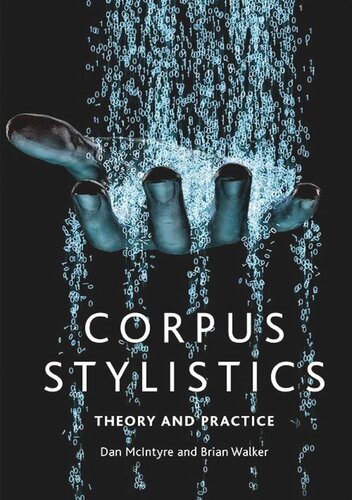

Most ebook files are in PDF format, so you can easily read them using various software such as Foxit Reader or directly on the Google Chrome browser.
Some ebook files are released by publishers in other formats such as .awz, .mobi, .epub, .fb2, etc. You may need to install specific software to read these formats on mobile/PC, such as Calibre.
Please read the tutorial at this link: https://ebookbell.com/faq
We offer FREE conversion to the popular formats you request; however, this may take some time. Therefore, right after payment, please email us, and we will try to provide the service as quickly as possible.
For some exceptional file formats or broken links (if any), please refrain from opening any disputes. Instead, email us first, and we will try to assist within a maximum of 6 hours.
EbookBell Team

0.0
0 reviewsThe use of corpora in stylistics has increased substantially in recent years but until now there has been no book detailing the theoretical basis and methodological practices of corpus stylistics. This book surveys the field and sets the agenda for this fast-developing area. Focusing on how to use off-the-shelf corpus software, such as AntConc, Wmatrix, and the Brigham Young University (BYU) corpus interface, this step-by-step guide explains the theory and practice of using corpus methods and tools for stylistic analysis. Eight original case studies demonstrate how to use corpus tools to analyse style in a range of texts, from the contemporary to the historical. The authors explain how to develop appropriate research questions for corpus stylistic analysis, construct and annotate corpora, make sense of statistics, and analyse corpus data. In addition, the book provides practical advice on how to manage the transition from quantitative results to qualitative analysis, and explores how theories, models and frameworks from stylistics can be used to enhance the qualitative phase of corpus analysis.
Supported by detailed instructions on how to access and use relevant corpus software, this is a user’s guide to doing corpus stylistic analysis. For students and researchers in stylistics new to the use of corpus methods and theories, the book presents a ‘how-to’ guide; for corpus linguists it opens the door to the theories, models and frameworks developed in stylistics that are of value to mainstream corpus linguistics.